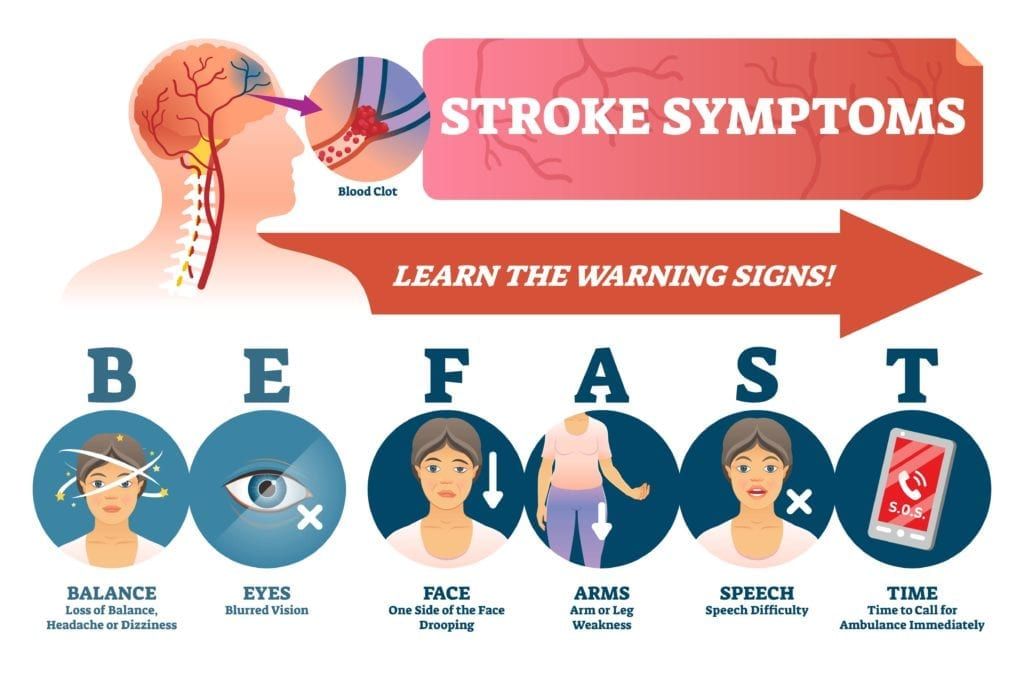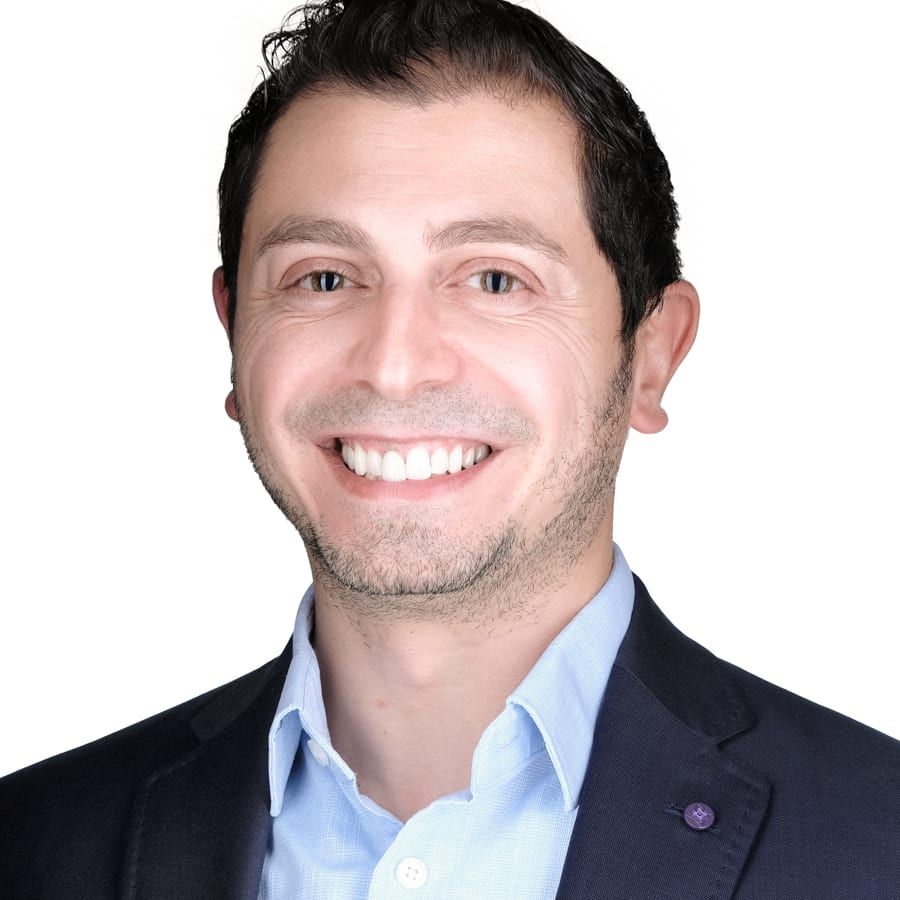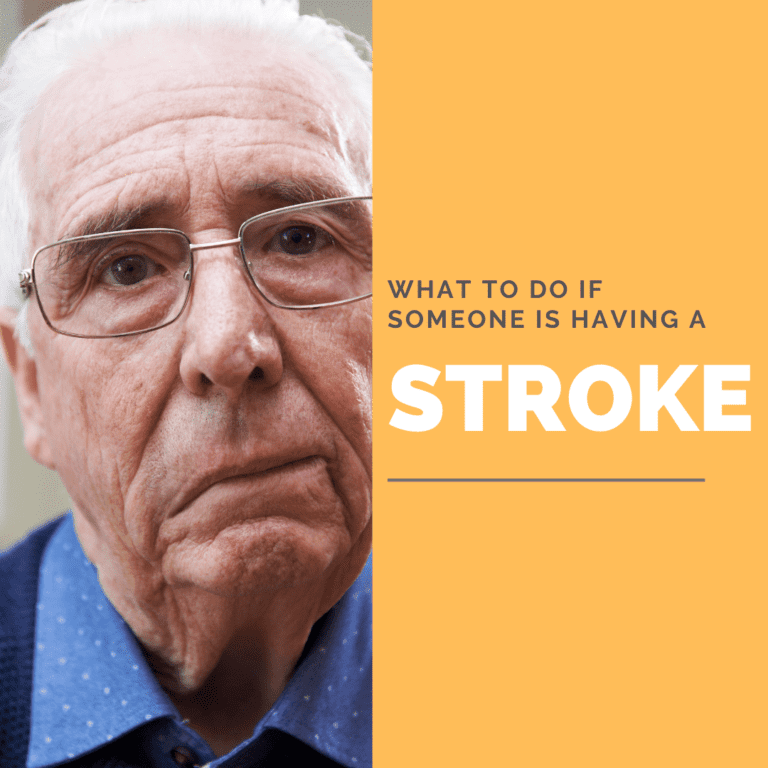There are certain medical emergencies where every second counts and knowing how to respond appropriately can potentially save a life and/or minimize the severity of the emergency. A stroke is one of these conditions where knowing what to do can make a huge difference. This is because the most effective treatments for a stroke are only available if the stroke is diagnosed within the first 3 hours. Unfortunately after this point, patients may no longer be eligible for certain treatments. Therefore, there are three things that you should do if you suspect someone is having a stroke:
Call 9-1-1 Immediately
There are three main symptoms to look for if you suspect a stroke. They are face drooping, arm weakness, and speech difficulty. If you suddenly notice one or more of these symptoms, you need to call 911 immediately. Sometimes symptoms can start and stop. These are known as mini strokes and still constitute an emergency. The faster you can get a loved one medical attention, the more likely it is that they will have a better outcome. In the case that you discover a loved one unconscious with no pulse or respiration, then start CPR. In most cases, you won’t need to perform CPR, but it can happen.
One mistake people often make is allowing themselves to be talked out of calling 911. However, if you notice stroke symptoms, you must get emergency care as soon as possible. While you may be tempted to drive someone having a stroke to the emergency room, experts strongly recommend calling 911 so that emergency responders can start life-saving treatment on the way to the hospital. Remember, time is of the essence so the sooner they start treatment, the better.
Note the Time Symptoms Started

As soon as you start to notice symptoms of a stroke, make a mental note about the time (after calling 911). This is because blood-clot busting medication can be given to reverse or stop stroke symptoms from developing, however it needs to be given within the first 4.5 hours of the start of symptoms. Other treatments, such as endovascular treatments must be completed within the first 24 hours. Simply stated, treatment options for a stroke are highly dependent on when the first symptoms started.
Common signs of a stroke include:
- Drooping on one side of the face
- Sudden speech impairment
- Numbness or weakness on one side of the face, arm, or leg
- Sudden confusion
- Sudden severe headache
- Dizziness, loss of balance, or lack of coordination
- Trouble seeing in one or both eyes
Avoid Certain Things
If you suspect someone is having a stroke, there are a few things that you will need to have them avoid. For starters, DO NOT let them go to sleep. Oftentimes, people having a stroke will suddenly feel very tired and may even try to nap, which can delay proper care for hours. It is also important to avoid giving someone who is suspected of having a stroke food or drinks. This is because strokes can impair their ability to swallow properly, which can result in choking. Finally, you also need to avoid giving medications, especially aspirin. Since it is impossible to tell what type of stroke a person is having without a CT scan, giving aspirin could cause a person having an hemorrhagic stroke to bleed out. Call the ambulance first, then you can worry about food, drinks, and medications later.

Dr. Kashouty, a diplomate of the American Board of Psychiatry and Neurology (ABPN), practices general neurology with fellowship trained specialization in clinical neurophysiology. Dr. Kashouty finds the form and function of the nerves and muscles the most interesting part of neurology, which is what led him to specialize in neurophysiology with more emphasis on neuromuscular conditions. He treats all neurological diseases, but his main focus is to treat and manage headaches, movement disorders and neuromuscular diseases.




